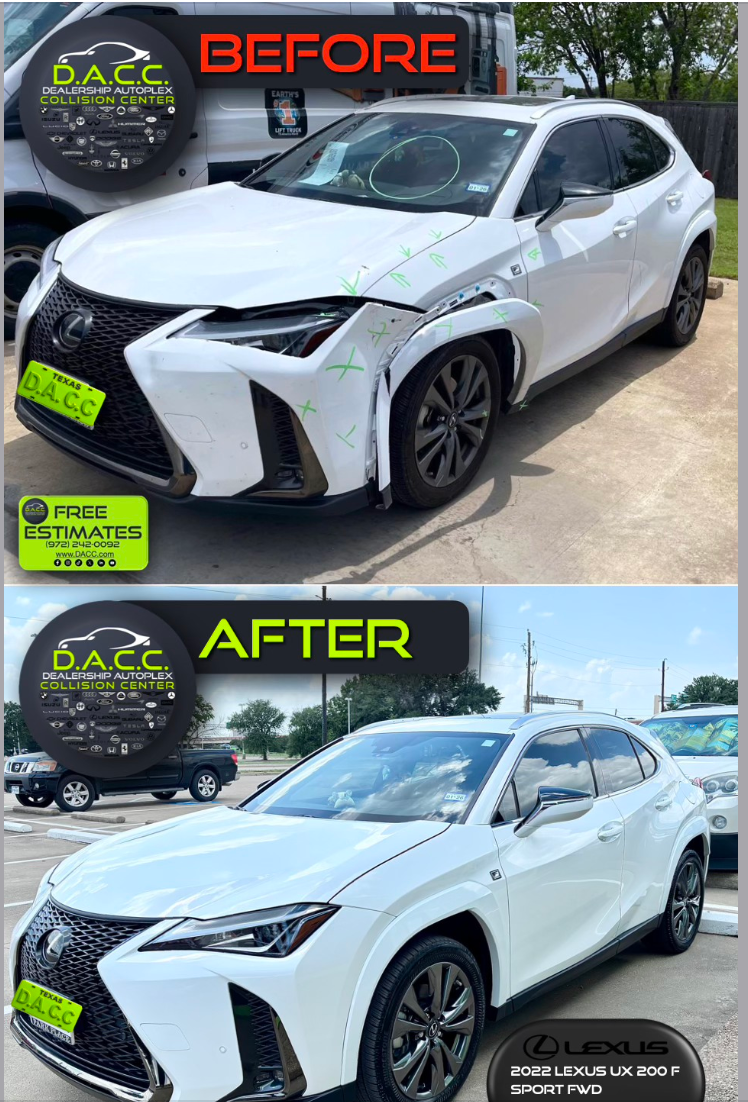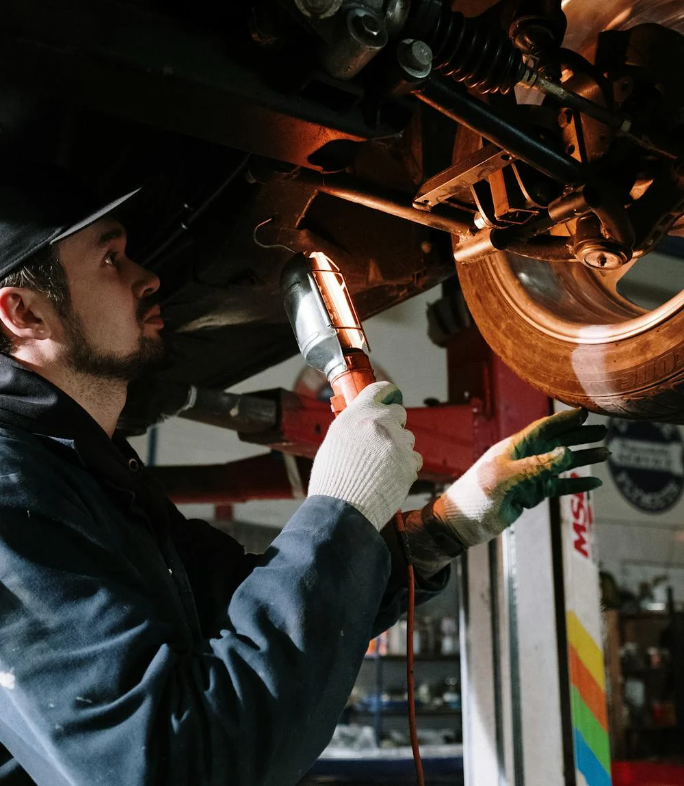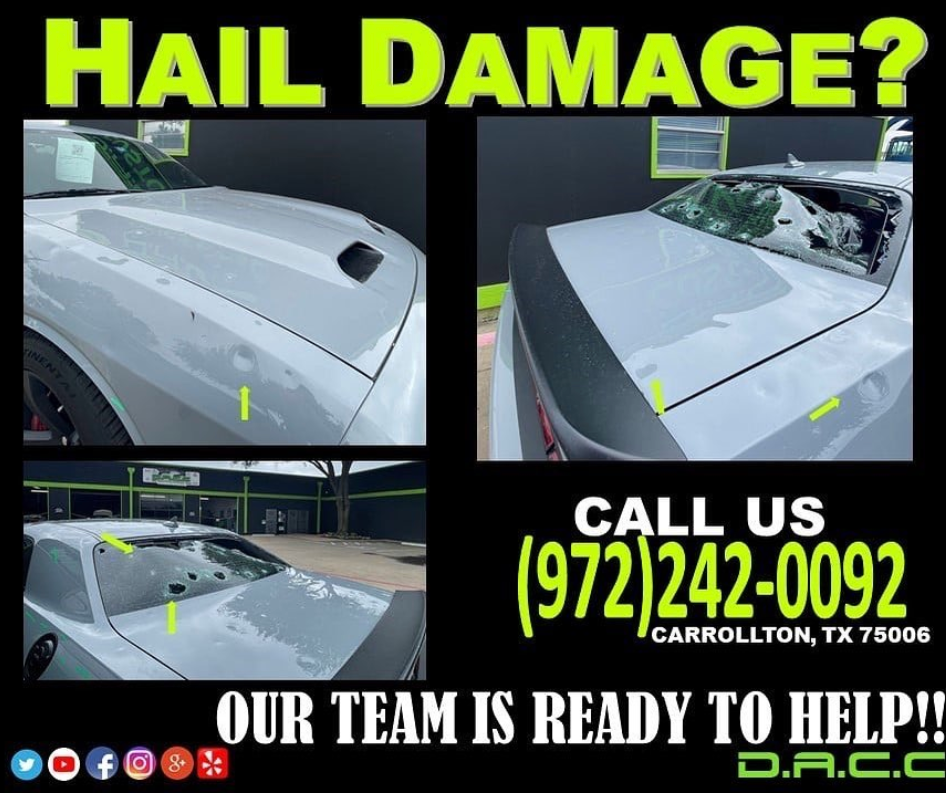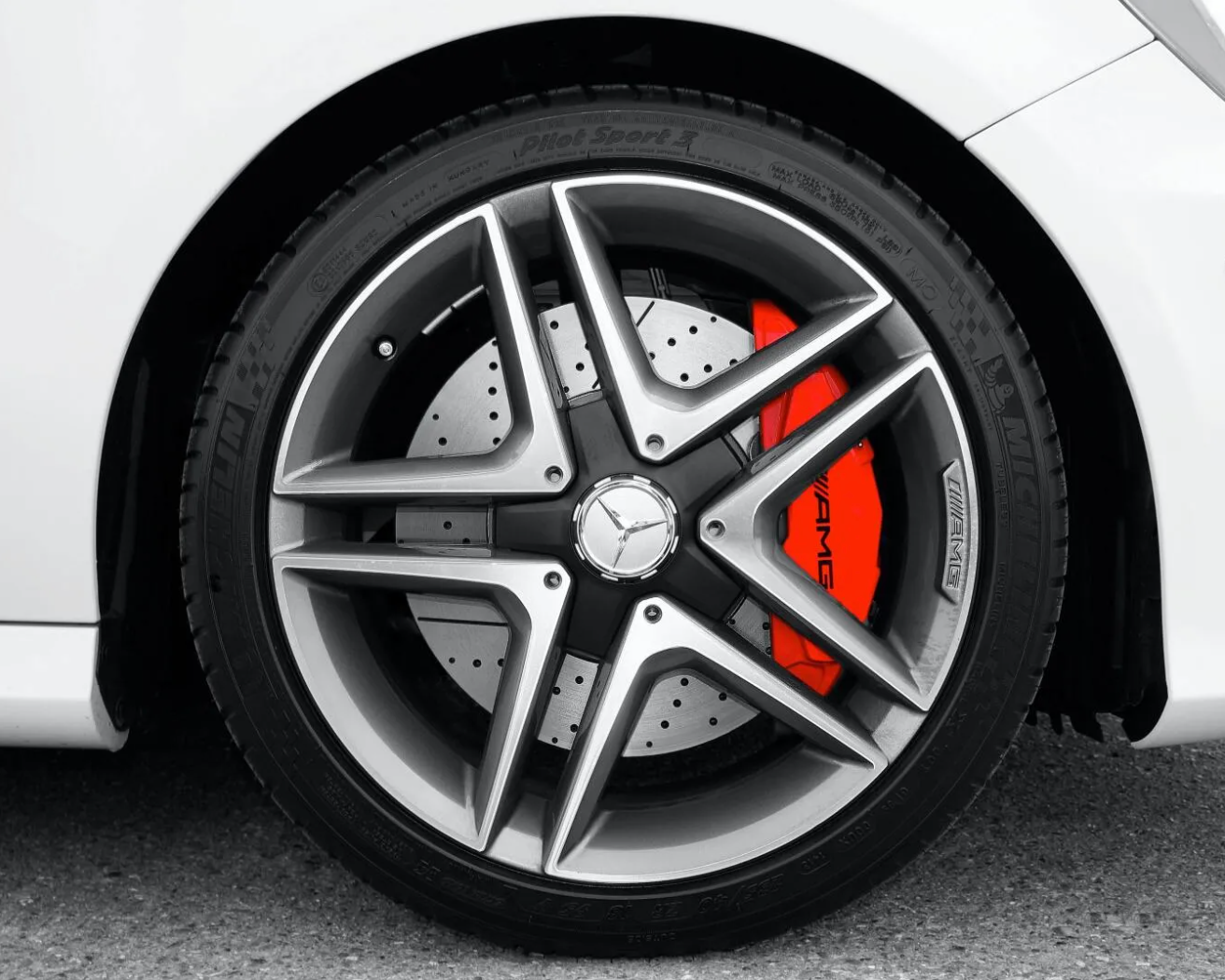How to Replace Catlytic Converters _A Guide
January 9, 2023
Catalytic Converters, Parts Replacement
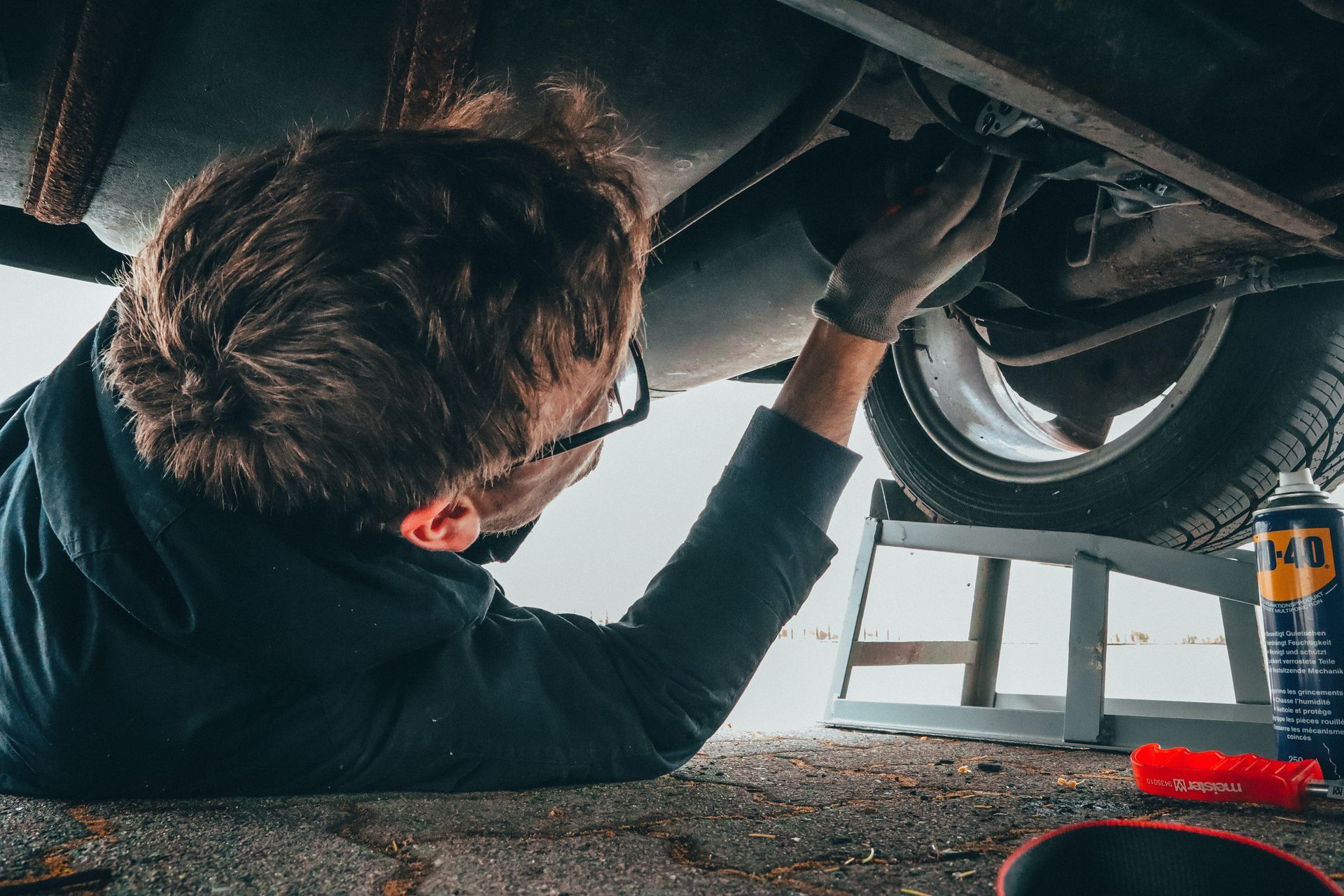
Catalytic converters are vital components. While your wheels will still turn without them, Texan laws make them a compulsory attachment to your exhaust.
Your car’s catalytic converter is an emission control device. Its role is to convert all the toxic gases that exit your combustion engine into something less polluting using chemicals such as platinum, rhodium and palladium.
There are a few reasons you may need to know the ins and outs of catalytic parts replacement. Firstly, your catalytic converter may have naturally worn; secondly, it may have been faulty from production; and thirdly, it may have been stolen. In fact, it’s the chemicals inside the catalytic converters that make them a high target for theft.
Replacing catalytic converters can be complex, which is why we’d always stress for ya’ll to come into the DACC shop for professional mechanical help. Although, if you are determined to try it yourself, here are ten steps.
- Raise Your Vehicle Off the Ground
- Locate Your Catalytic Converter
- Remove the Two O2 Sensors
- Use a Wrench or Sawzall to Remove the Catalytic Converter
- Sand the Surrounding Flanges and Pipe Ends
- Read the Catalytic Parts Replacement Instructions
- Line Up Your New Catalytic Converter
- Bolt or Weld The New Part in Place
- Re-Attach Your Two O2 Sensors
- Check for Exhaust Leaks



